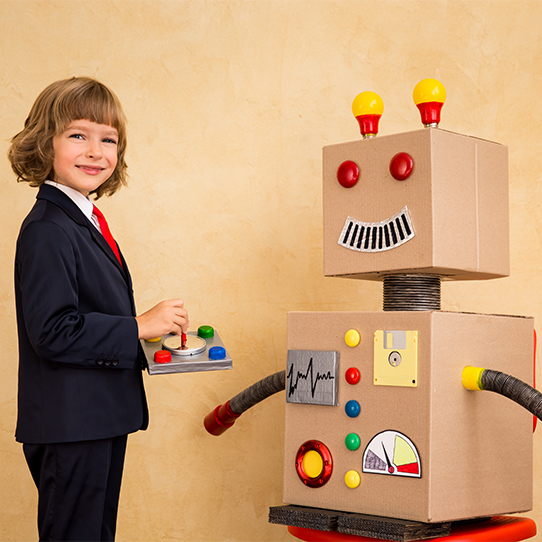Robots
Nov 2, 2018: Autism is a neurodevelopmental disabilities in which communication can be hindered in social interactions both verbal and non-verbal. There is a wide spectrum within the effects autism has on a person including intellectual disabilities, physical and mental health issues such as seizures, ADD or ADHD, anxiety and phobias.
When placed in a social setting with those without autism, people who do not understand autism may jump to the conclusion that this person is socially awkward, lacks emotion, doesn’t understand humor, or the other nuances of communication learned through time. Social settings can include everything from small talk at the register, expressing empathy to someone’s problems, workplace dynamics, meeting new people, and countless other interactions.
Where most people without autism might struggle to understand underlying tones or meanings in conversation based on language, vocal inflection, facial expressions and body movements, people with autism simply may not register such nuances and behaviors and thus miss the mark when trying to communicate ideas, feelings, or instructions.
Enter the social robot—a companion robot designed to help adults with autism navigate the social river of the workplace. The robot companion will tell essentially translate for the person with autism whether or not there is sarcasm or an implied meaning, whether the person they met appears to like them or not, whether an instruction was literal or a joke, what the emotions on someone’s face convey. The idea is that this will benefit them in the workplace, but could go further into the outside world.
The concept of the social robot is not to force the person with autism to change or conform against their abilities, but to have the environment around them changed or explained in a way that they can understand. Through use of the social robot, the person with autism will be able to have more meaningful interactions and more active role within the workplace. Because people with autism often have other abilities such as a higher attention to details or an ability to do repetitive work, the hope is that with the social robot helping them understand their role within a company, they will also be able to climb the social ladder more easily to earn better job positions and trusted with more responsibility. When people with autism succeed, our workplace and society succeed as well.



